There’s a lot to like about the comic book series Something Is Killing the Children, beginning with its ominously-named protagonist Erica Slaughter and proceeding from there. The series—written by James Tynion IV and illustrated by Werther Dell’Edera—follows Erica, part of a secret society of monster hunters, as she deals with terrifying eldritch beings around the country. A Hollywood Reporter article published earlier this year called it “one of the biggest titles not published by DC or Marvel”—and announced that a Netflix adaptation is in the works.
Erica is a compelling protagonist on her own, but another aspect of what makes the series click is the world Tynion and his collaborators have created—including the properties of various monsters Erica and her colleagues target, along with the larger history of the Order of St. George, the aforementioned secret society. There’s also a spin-off series, House of Slaughter, that delves further into this fictional world. Plus: cool bandanas. Never underestimate a cool bandana.
What follows are five novels that readers of Something Is Killing the Children might enjoy. In these books, you may find monsters of mysterious origin and secret societies abounding with internal tensions—or some combination of both.
Big Machine by Victor LaValle
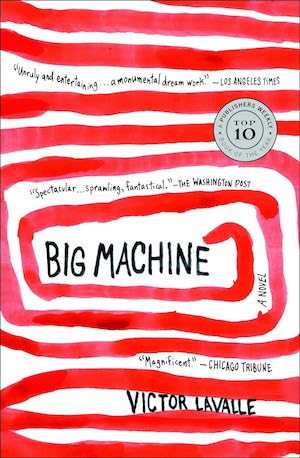
Spoiler alert: The idea came for this list when looking at my bookshelves and thinking, “You know, someone who enjoyed Big Machine would probably like Something Is Killing the Children, and vice versa.” The protagonist of LaValle’s novel ends up working for a group called the Unlikely Scholars, based in a Vermont space called the Washburn Library—and when he does so, this novel moves from the realm of realism into a world where the bizarre and supernatural are waiting for the unwary.
At the center of this book is a schism within the Unlikely Scholars—and it’s what sends this novel’s protagonist across the country to investigate another man who broke with the organization. If you’re fond of some palace intrigue within your mysterious organizations—and who isn’t?—this novel delivers. A sense of place, a penchant for mysteries, and a touch of body horror: This book has you covered.
Midnight Picnic by Nick Antosca
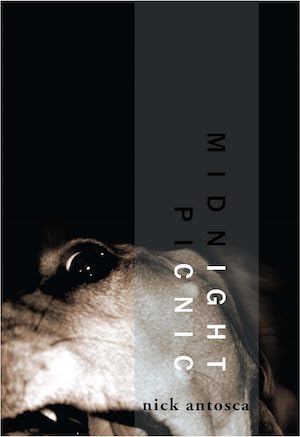
If Nick Antosca’s name rings a bell for you, it may be due to his television work, which includes Channel Zero, A Friend of the Family, and Brand New Cherry Flavor. But his work on the page is also memorably unsettling, and his second novel Midnight Picnic is especially so. This is a novel with ghosts at its center—Antosca’s host of discomfiting rules for his spectral characters is one of several ways this book conveys the reader into unfamiliar territory.
In the case of Midnight Picnic, the novel’s (living) protagonist finds himself entangled in a ghost’s plan to get revenge on the man who murdered him—a plan that involves the nature of the afterlife in this novel and answers the question of how, precisely, a ghost could take vengeance on another ghost. (There’s also a bit that involves a ghost summoning up creatures to do his bidding that’s among the most visceral passages I’ve ever read.) There’s a relentless energy here that keeps the pages turning—this, like Something Is Killing the Children, is a story set in small towns where people’s long and conflicted histories intersect with the uncanny.
Both works also contain a sense of the supernatural as following a certain set of rules, but not necessarily a set of rules that can be navigated (or even known) by most humans. And when you’re venturing into the Weird and horrific, that’s an excellent quality to have.
Our Share of Night by Mariana Enríquez
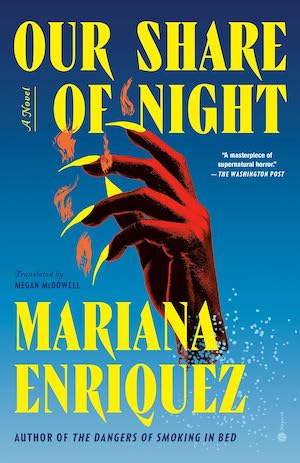
I’ve raved about this book in this space before, and I’m going to do it again here. Our Share of Night has plenty going on—including allusions to a host of real-life atrocities that took place in Argentina in the second half of the 20th century. But Enríquez adds another element to that—a cult-like secret society that utilizes people with psychic abilities to give themselves power. The power dynamics both within and surrounding this group propel much of the tension of this novel, which begins with a father and a son on the run from the group that seeks to use both of them for its own ends.
Of the Order—the secretive organization in this novel—Enríquez said in an interview, “They are related to power in general, so whatever the politics are, they are near them. They are transnational, let’s say.” That power allows for a kind of omnipresence, but it also creates a fraught power dynamic—one that makes for gripping reading.
Invisible Things by Mat Johnson
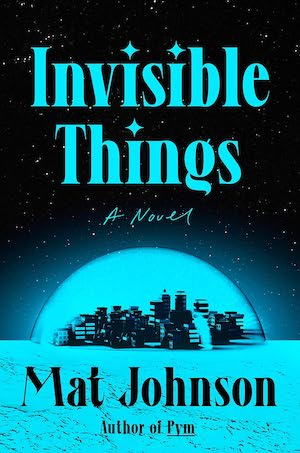
One of the key elements of Tynion and Dell’Edera’s “Slaughterverse” is a property that many of its supernatural beings have: they can’t be seen by everyone. Oftentimes, only children can see these beings—though they’re capable of doing awful things to nearly anyone, as a memorable scene in the series’s first arc proves.
Which brings me to Mat Johnson’s Invisible Things. Invisible Things posits a city in space populated by alien abductees and controlled by beings that humans just… can’t… perceive. And if you think that creates plenty of dramatic tension, you are very correct. Like many of Johnson’s novels, this book takes aspects and tropes from a host of genres, including mid-20th century science fiction, political satire, and alien abduction narratives.
Johnson is also quite good at creating suspense, so it’s not surprising that he’s also eminently capable of evoking the unnerving quality of knowing that you’re in the same space with something that isn’t human—but not having the slightest idea where it might be or what it might be about to do.
The Vanishers by Heidi Julavits

There’s a lot going on in Heidi Julavits’s 2012 novel The Vanishers that might appeal to Something Is Killing the Children readers—starting with a story abounding with characters dealing with their trauma and incorporating another secretive organization into the mix. Did I mention that this secretive organization is a school for people with psychic powers, with all of the complications that could arise from that combination of academic rivalries and paranormal abilities?
“People make other people sick. They give other people colds,” Julavits said in an interview with The Atlantic. “This was taking that logic and applying it to a telepathically communicated illness.” There are layers upon layers of intrigue in this novel, plus a narrative that incorporates impersonation, falsified memories, and the work of a mysterious filmmaker. It’s a book that memorably blends the heady and the visceral.
Tobias Carroll is the managing editor of Vol.1 Brooklyn. He is the author of the short story collection Transitory (Civil Coping Mechanisms) and the novel Reel (Rare Bird Books).


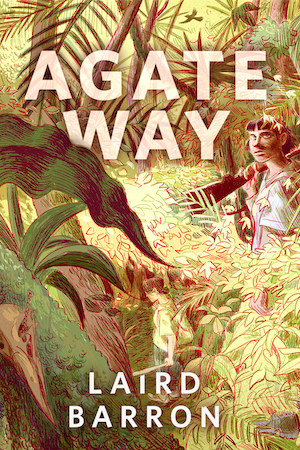







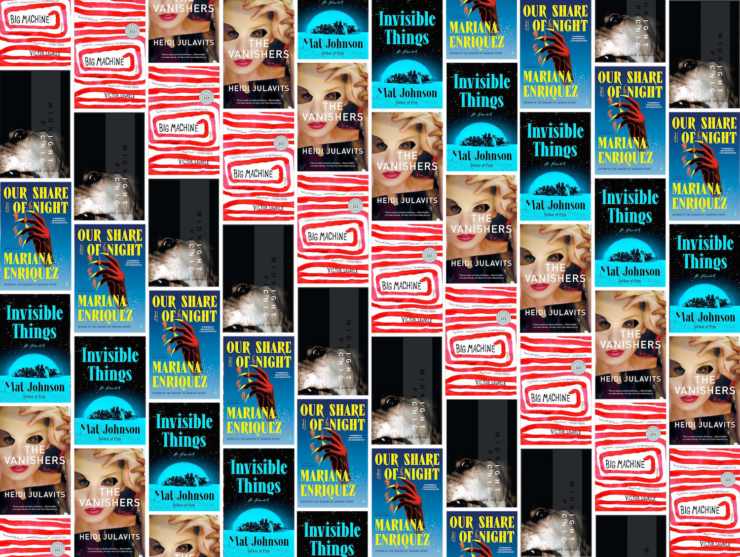
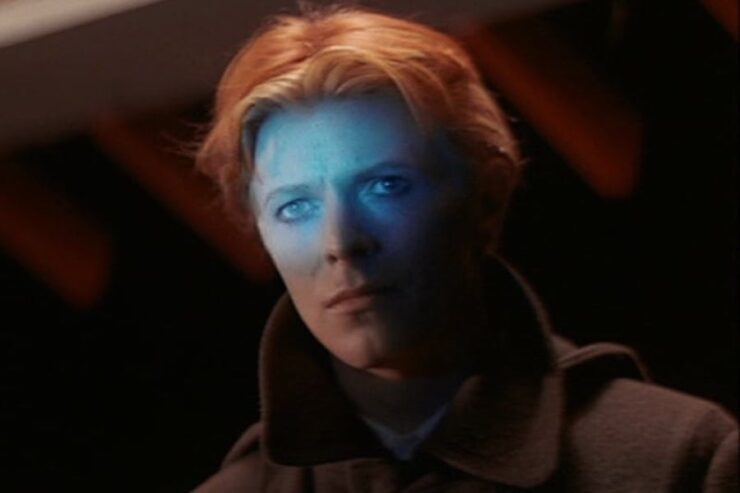

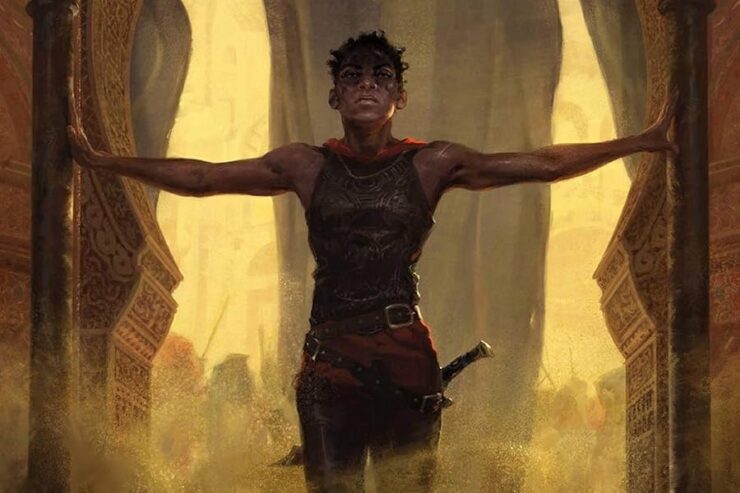
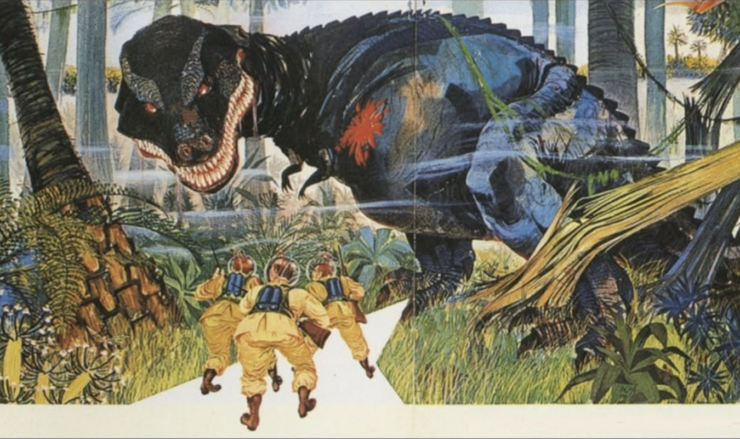
Our Share of Night was such an amazing novel. Going to have to check out the rest of these, thanks!